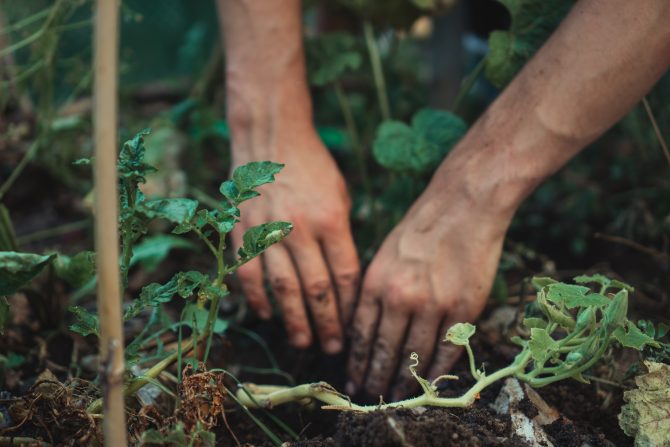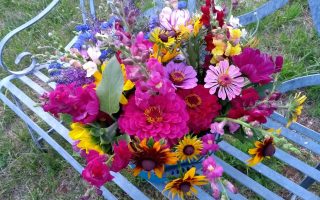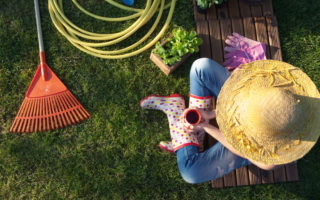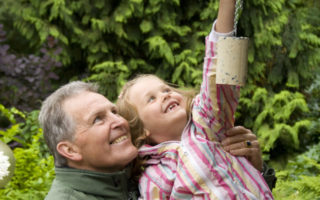Planting a Hedge at Your French Property
Advice


Taxus baccata (Yew) – commonly grown in churchyards in the UK – will grow 1.8m to 6m and produces red berries. An evergreen, it is not a particularly fast grower so is ideal if you don’t want to constantly be out trimming. It can be more expensive than other plants, though, and is also poisonous, so may not be such a good choice if you have young children. Yew needs to be planted at 60cm intervals and can be hard pruned as it regenerates from old growth. Prune it in summer and autumn.
Fagus sylvatica (beech) will grow 1.2m to 6m and needs to be planted at intervals 30 -60cm. It makes a twiggy, dense hedge that keeps its leaves in winter and so makes good cover for birds and other wildlife. Purple and green varieties available. Clip once in late summer.
Prunus (laurel) is a common hedging plant, especially Prunus lauroscerasus (Cherry Laurel) and Prunus Lustianica (Portugal Laurel). Both make fine tall hedges that are shiny leaved and dense. They need plenty of space so do not grow one unless you have ample space. Needs trimming twice a year, but is relatively easy to maintain.
Buxus semperirens ‘Hadsworthensis’ (Handsworth Box) is an upright, densely leafy and strong growing evergreen, making it reliable as a formal hedge or screen. This will successfully grown up to 3m in height. This may need trimming up to three times a year, but is easy to maintain and can be trimmed back quite hard as grows easily.
Other suggestions of plants include –
* Ilex; aquifolium ‘Argentea Marginata’ – Silver- Margined Holly
* Elaeagnus x Ebbingei – Elaeagnus
* Rosa rugosa – Ramanas Rose
* Cotoneaster lacteus and Cotoneaster simonsii – Cotoneaster
* Forsythia x intermedia ‘Lynwood’
* Escallonia rubra “Crimson Spire” – Escallonia
Make sure, when selecting plants for a mixed hedge, that those you choose have similar growth rates so the hedge establishes itself in a similar time scale.
When to plant: It is best to plant a hedge during autumn, winter and early spring – planting a hedge in summer, when it is hot and the ground is generally at its driest will put unnecessary stress on the young plants. Other conditions to try and avoid are frozen or waterlogged soil.
Unless you want an instant hedge, it is advisable to buy young plants – these establish themselves more quickly and benefit from developing their roots in situ. Make sure plants are sturdy and healthy with good root development.
Preparation: Prepare the soil well before planting by digging in plenty of well rotted down farmyard manure – (do not use manure which is less than 6 months old as this will burn the roots of young plants.
The best plants to use are bare rooted (not in pots) and you can buy these from nurseries and garden centres and are available in the winter and spring. Young bare-root plants can be planted in a trench about 60cm wide. Mature specimens may need holes up to 90cm in diameter, depending on the size of the root-ball.
You can reduce weeding by laying a weed-suppressing permeable membrane on the ground before planting, or by adding a good mulch around the base of the stems.
By Miranda Bell
Share to: Facebook Twitter LinkedIn Email
By FrenchEntrée
Leave a reply
Your email address will not be published. Required fields are marked *



